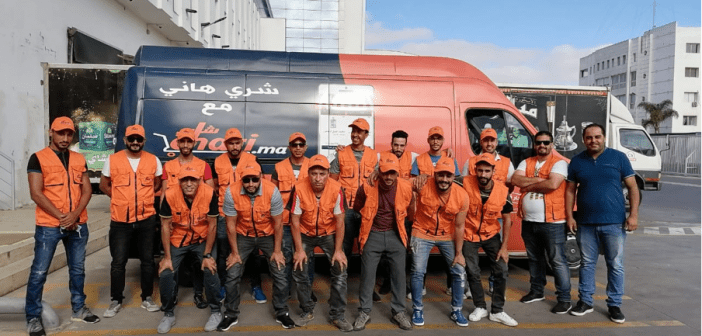Cameroon’s Agrix Tech uses AI to help farmers prevent crop disease

Cameroonian startup Agrix Tech has developed a mobile app that helps farmers to prevent and treat crop diseases utilising machine learning technologies.
Founded in August 2018, Agrix Tech is using mobile and machine learning technologies to overcome vital agricultural challenges on the continent.
“Most of the small-scale farmers in developing countries are self-taught farmers who lack proper knowledge in crop diseases and pests’ management,” says Adamou Nchange Kouotou, founder and chief executive officer (CEO) of Agrix Tech.
“Because of that, 49 per cent of agricultural produce in Africa is lost due to crop diseases and pests. With our app, we aim to instantly equip those farmers with this important skill that will enable them to adopt a better crop disease management strategy for their farm and therefore become more productive.”
Using the Agrix Tech app, a farmer scans his unhealthy plant, with the recorded video automatically analysed using machine learning techniques and the farmer then provided with sustainable and environmentally-friendly treatment recommendations. The app also helps farmers during the whole production cycle – seeding, growing and storage – through advice and task reminders.
And though Kouotou admits that many small-scale farmers have doubts about the usage of ICT, more and more are signing up. So far, Agrix Tech has 230 active users, all in Cameroon, though the startup does plan to expand to Kenya and Nigeria in 2022.
Grant-funded until now, Agrix Tech is seeking US$580,000 in funding to improve its product capability and scale. That said, it is making revenues after a process of finding product-market fit.
“We sell advertising spaces to agri firms on our app, and we sell user licenses to people who want to use our app on a large scale, such as agricultural consulting companies,” said Kouotou.
“The penetration rate of smartphones in rural areas in Africa is still very low. It forced us to iterate on our business model many times before we finally landed on the current one.”







